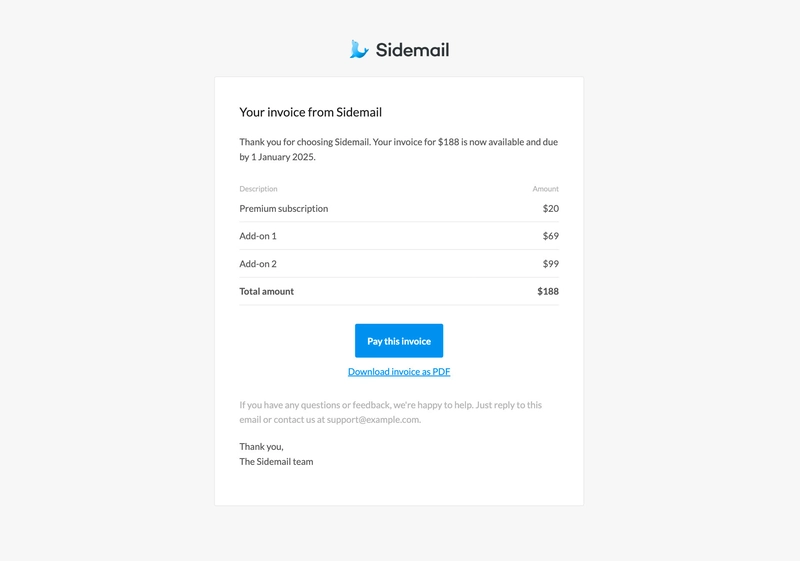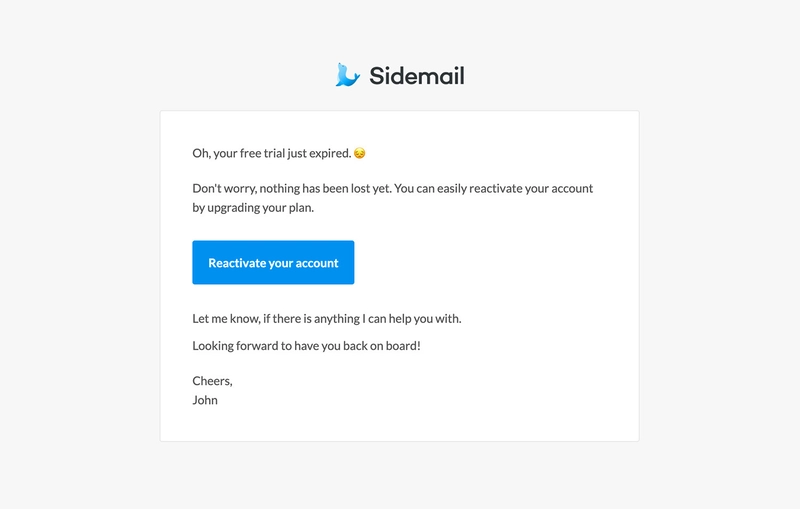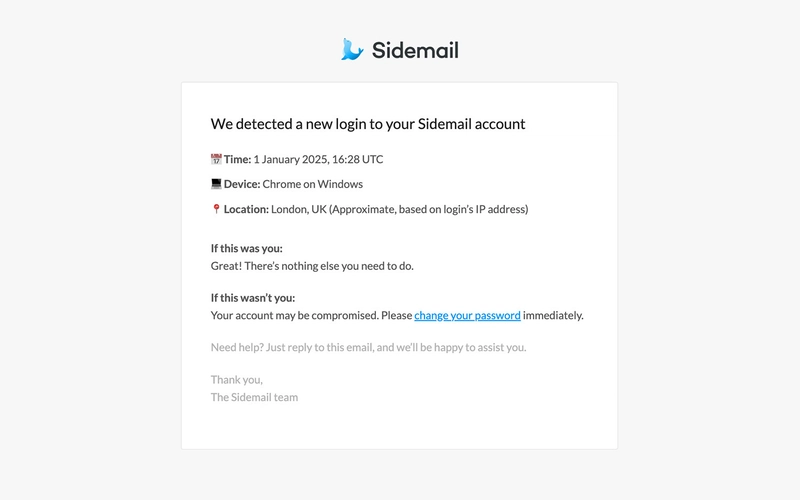What is a transactional email? Everything you need to know
Transactional emails play a crucial role in digital platforms, from SaaS applications to e-commerce stores. They’re triggered by specific user actions and deliver timely, relevant information that keeps users informed and engaged — such as account updates, password resets, or purchase confirmations. In this article, we’ll explain what is a transactional email, characteristics and definition of transactional emails, why they’re essential, and more. What is a transactional email — Definition Transactional emails are emails sent automatically in direct response to specific user actions within an application, service, or website. Examples include single sign-on confirmations, password reset instructions, welcome emails, order confirmations, and receipts. Unlike marketing emails, transactional emails have high open rates because they deliver information the user expects or needs. They are vital for enhancing user experience, building trust, and driving retention across SaaS, e-commerce, and other digital platforms. Example of a transactional email (source: Sidemail.io) What is considered a transactional email — Characteristics Transactional emails have unique qualities that set them apart from other types of emails. They are typically triggered in real time, carry vital information, and prioritize delivering that information swiftly and reliably. Here are the key characteristics of transactional emails: Triggered by user actions — These emails are automatically sent when a user performs a specific action within your application, service, or website, such as signing up or resetting a password. Personalized email content — Transactional emails typically include user-specific information, links, or data. They serve as direct one-on-one communication, providing details that are unique to each recipient. Priority on high deliverability and speed — Because transactional emails are integral to the critical architecture of an application, service, or website and often convey urgent or time-sensitive information, a reliable transactional email provider that ensures swift delivery (within milliseconds) is crucial. High engagement and open rates — Transactional emails generally have higher engagement and open rates than marketing emails. On average, transactional emails tend to have an open rate between 40% and 60% due to their nature of being triggered by user actions and containing important information that the recipient is expecting or needs to access. Not promotional — Unlike marketing emails, transactional email focuses on essential functional communication rather than promotional content. Focus on content — A transactional email is usually kept simple and straightforward, emphasizing clear text and readability over elaborate visuals or design elements. You can learn more about the difference between transactional vs marketing email in a separate article. Examples of transactional emails Transactional emails come in many forms, each serving a specific purpose. Here are the most common categories of transactional emails, along with examples of when and how they’re used: Account-related transactional emails Welcome email — sent after a user signs up. Account activation — confirms a user’s email address. Password reset — lets users reset their password. Two-factor verification — sends a one-time code for extra login security. Account update notifications — alerts users to changes in their profile (e.g., email or password updates). Password reset email (source: Sidemail — transactional email templates) Purchase or subscription transactional emails Order confirmation — confirms a successful purchase. Invoice or receipt email — summarizes a transaction. Subscription confirmation — sent when someone subscribes to a service. Subscription renewal — reminds users of upcoming or completed renewals. Subscription cancellation — confirms a canceled subscription and explains next steps. Invoice email (source: Sidemail — transactional email templates) Usage transactional emails Trial expiration reminders — let users know when a free trial is about to end. Payment failure alerts — inform users of a failed transaction. Product activity notifications — notify users about new messages, mentions, or status changes. Trial expired email (source: Sidemail — transactional email templates) Security and compliance transactional emails Login alerts — warn users about logins from new devices or locations. Privacy policy or terms updates — sent for legal compliance. Login alert email (source: Sidemail — transactional email templates) If you need quick and polished templates for these transactional emails, explore pre-made email templates here. What is transactional email used for? Transactional emails deliver automated, essential, and user-specific messages triggered by an action or event. They serve a wide range of purpose
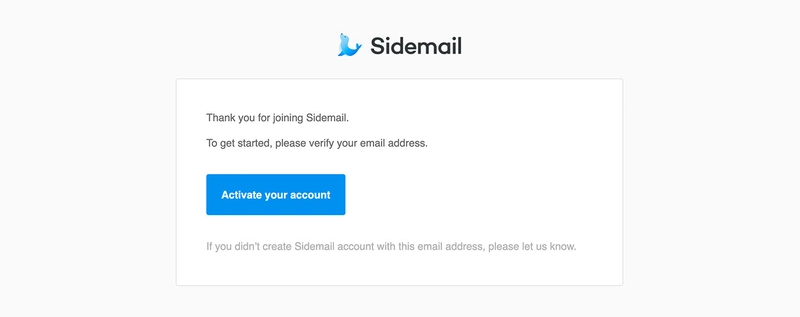
Transactional emails play a crucial role in digital platforms, from SaaS applications to e-commerce stores. They’re triggered by specific user actions and deliver timely, relevant information that keeps users informed and engaged — such as account updates, password resets, or purchase confirmations.
In this article, we’ll explain what is a transactional email, characteristics and definition of transactional emails, why they’re essential, and more.
What is a transactional email — Definition
Transactional emails are emails sent automatically in direct response to specific user actions within an application, service, or website. Examples include single sign-on confirmations, password reset instructions, welcome emails, order confirmations, and receipts.
Unlike marketing emails, transactional emails have high open rates because they deliver information the user expects or needs. They are vital for enhancing user experience, building trust, and driving retention across SaaS, e-commerce, and other digital platforms.

Example of a transactional email (source: Sidemail.io)
What is considered a transactional email — Characteristics
Transactional emails have unique qualities that set them apart from other types of emails. They are typically triggered in real time, carry vital information, and prioritize delivering that information swiftly and reliably. Here are the key characteristics of transactional emails:
Triggered by user actions — These emails are automatically sent when a user performs a specific action within your application, service, or website, such as signing up or resetting a password.
Personalized email content — Transactional emails typically include user-specific information, links, or data. They serve as direct one-on-one communication, providing details that are unique to each recipient.
Priority on high deliverability and speed — Because transactional emails are integral to the critical architecture of an application, service, or website and often convey urgent or time-sensitive information, a reliable transactional email provider that ensures swift delivery (within milliseconds) is crucial.
High engagement and open rates — Transactional emails generally have higher engagement and open rates than marketing emails. On average, transactional emails tend to have an open rate between 40% and 60% due to their nature of being triggered by user actions and containing important information that the recipient is expecting or needs to access.
Not promotional — Unlike marketing emails, transactional email focuses on essential functional communication rather than promotional content.
Focus on content — A transactional email is usually kept simple and straightforward, emphasizing clear text and readability over elaborate visuals or design elements.
You can learn more about the difference between transactional vs marketing email in a separate article.
Examples of transactional emails
Transactional emails come in many forms, each serving a specific purpose. Here are the most common categories of transactional emails, along with examples of when and how they’re used:
Account-related transactional emails
Welcome email — sent after a user signs up.
Account activation — confirms a user’s email address.
Password reset — lets users reset their password.
Two-factor verification — sends a one-time code for extra login security.
Account update notifications — alerts users to changes in their profile (e.g., email or password updates).
Password reset email (source: Sidemail — transactional email templates)
Purchase or subscription transactional emails
Order confirmation — confirms a successful purchase.
Invoice or receipt email — summarizes a transaction.
Subscription confirmation — sent when someone subscribes to a service.
Subscription renewal — reminds users of upcoming or completed renewals.
Subscription cancellation — confirms a canceled subscription and explains next steps.
Invoice email (source: Sidemail — transactional email templates)
Usage transactional emails
Trial expiration reminders — let users know when a free trial is about to end.
Payment failure alerts — inform users of a failed transaction.
Product activity notifications — notify users about new messages, mentions, or status changes.
Trial expired email (source: Sidemail — transactional email templates)
Security and compliance transactional emails
Login alerts — warn users about logins from new devices or locations.
Privacy policy or terms updates — sent for legal compliance.
Login alert email (source: Sidemail — transactional email templates)
If you need quick and polished templates for these transactional emails, explore pre-made email templates here.
What is transactional email used for?
Transactional emails deliver automated, essential, and user-specific messages triggered by an action or event. They serve a wide range of purposes across applications, websites, and services.
For example, when a user signs up for an account, they receive a welcome email or an email verification request. If they forget their password, a password reset email helps them restore access. In e-commerce, order confirmations and shipping updates keep customers informed about their purchases. For added security, two-factor authentication (2FA) emails send one-time codes that help protect user accounts. Additionally, subscription-based services use payment renewal emails to notify users about upcoming charges or failed transactions, and so on.
Why are transactional emails important?
Transactional emails are crucial for delivering timely, relevant, and essential information to users. They provide immediate feedback on actions like account sign-ups, purchases, and password resets, ensuring a smooth user experience. These emails keep users informed about their accounts, subscriptions, and important updates.
They also play a major role in security and trust. Features like two-factor authentication (2FA), login alerts, and account change notifications help protect user accounts and build confidence in your service.
Without transactional emails, users might struggle to access their accounts, miss important updates, or experience security risks, making them an essential part of any digital platform.
Does a transactional email need an unsubscribe link?
No, transactional emails do not require an unsubscribe link because they are not promotional and are sent in response to a user’s action. These emails contain essential information like account updates, password resets, order confirmations, or security alerts, which users generally need to receive.
Need to help with transactional emails?
Do you need help with your transactional emails? We specialize in email delivery and love working with clients directly. Whether you need help understanding transactional emails, managing and delivering emails for your service, integrating emails into your application, or anything else related to emails, we’ve got you covered. Feel free to reach out to me directly at kristyna@sidemail.io or check Sidemail — all-in-one email service for delivering not only transactional emails.


_Andriy_Popov_Alamy.jpg?#)












































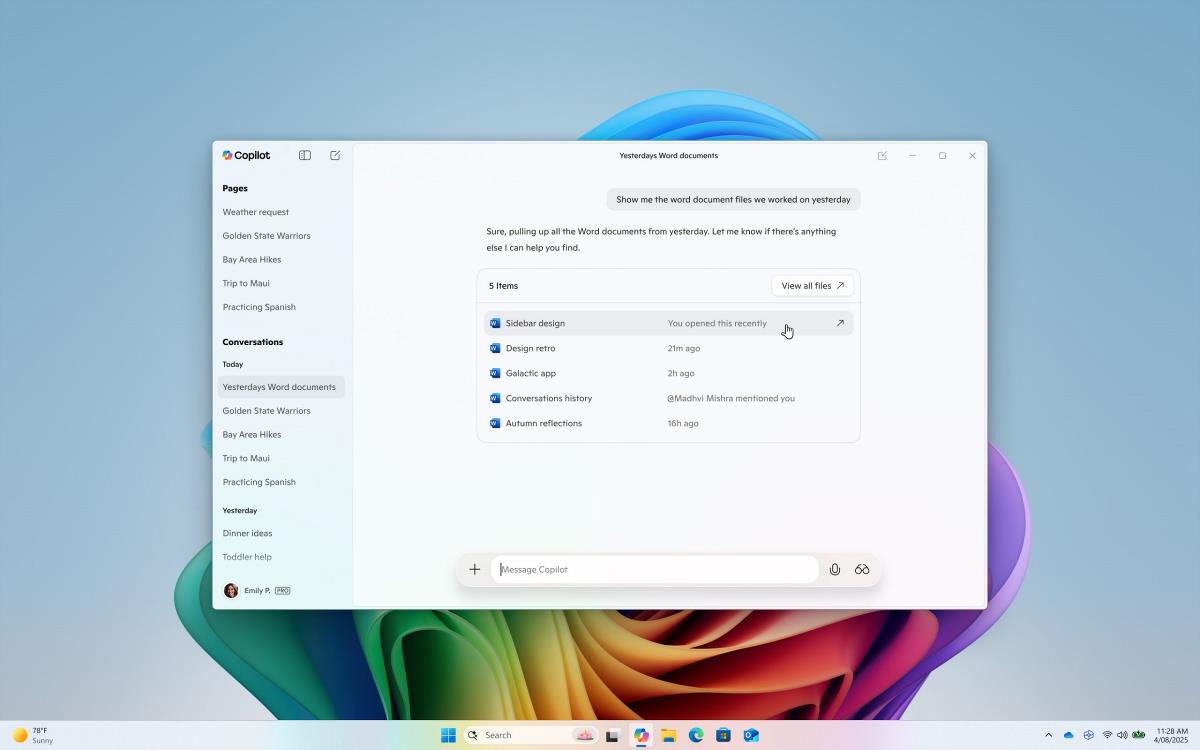

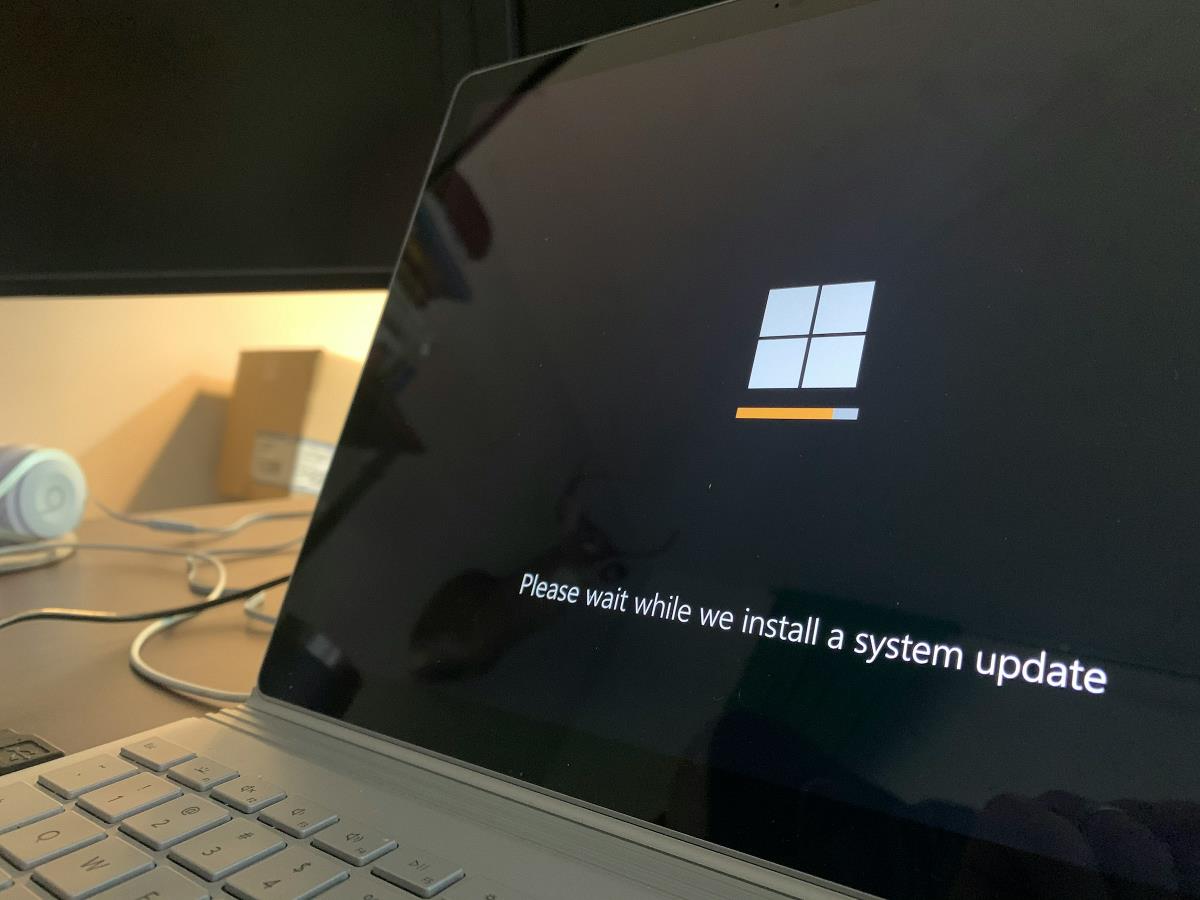















![Apple Watch to Get visionOS Inspired Refresh, Apple Intelligence Support [Rumor]](https://www.iclarified.com/images/news/96976/96976/96976-640.jpg)
![New Apple Watch Ad Features Real Emergency SOS Rescue [Video]](https://www.iclarified.com/images/news/96973/96973/96973-640.jpg)
![Apple Debuts Official Trailer for 'Murderbot' [Video]](https://www.iclarified.com/images/news/96972/96972/96972-640.jpg)
![Alleged Case for Rumored iPhone 17 Pro Surfaces Online [Image]](https://www.iclarified.com/images/news/96969/96969/96969-640.jpg)


















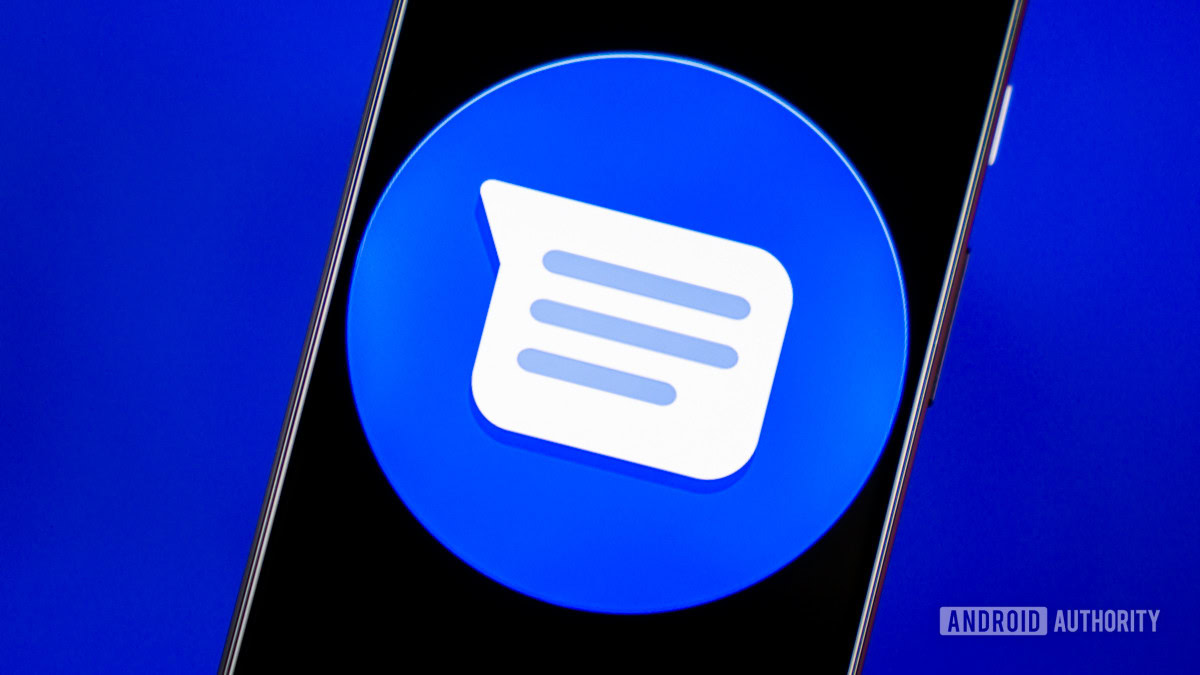








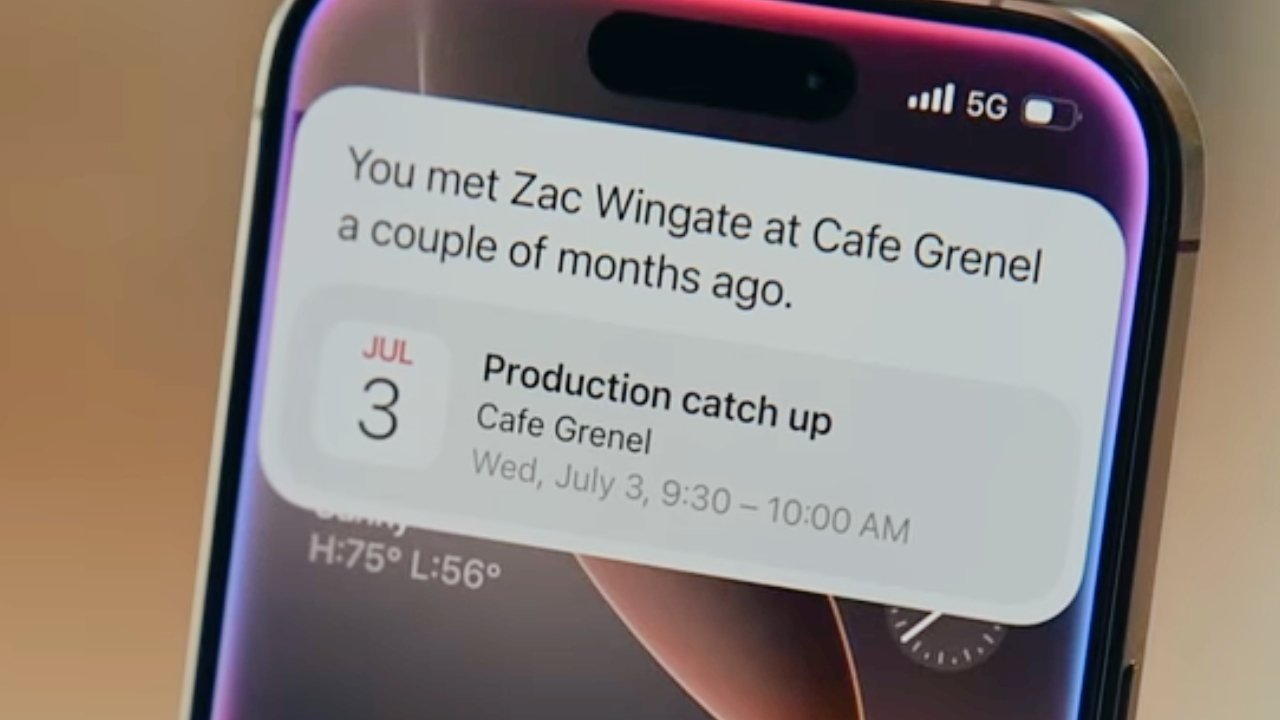








































































.png?#)
















































































![[The AI Show Episode 143]: ChatGPT Revenue Surge, New AGI Timelines, Amazon’s AI Agent, Claude for Education, Model Context Protocol & LLMs Pass the Turing Test](https://www.marketingaiinstitute.com/hubfs/ep%20143%20cover.png)



























































































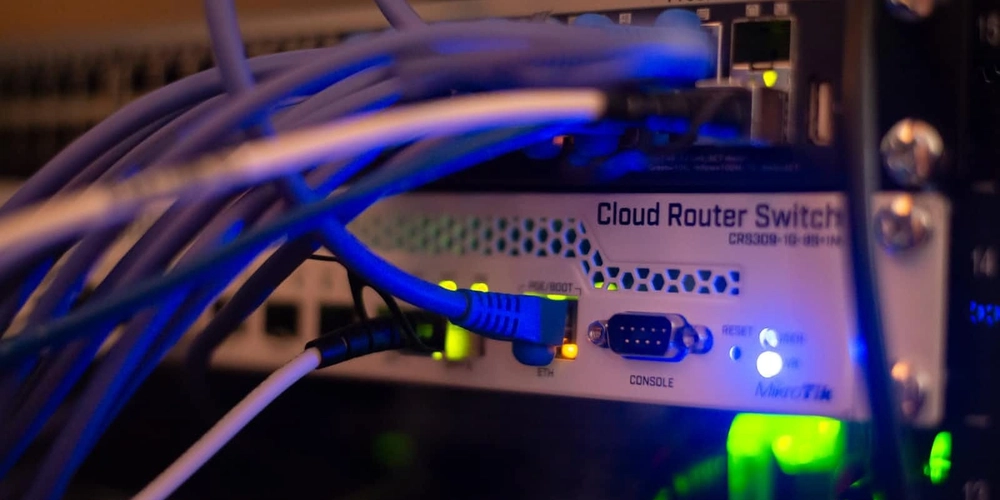



































































-Date-Everything!-Release-Date-Trailer-00-00-09.png?width=1920&height=1920&fit=bounds&quality=70&format=jpg&auto=webp#)



.jpg?width=1920&height=1920&fit=bounds&quality=70&format=jpg&auto=webp#)
























































